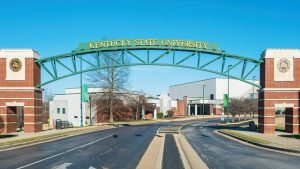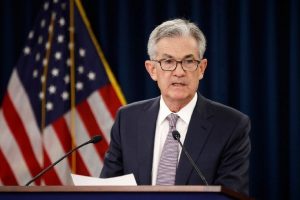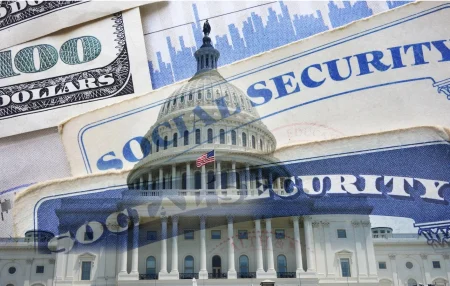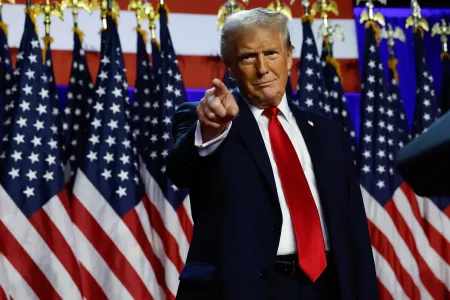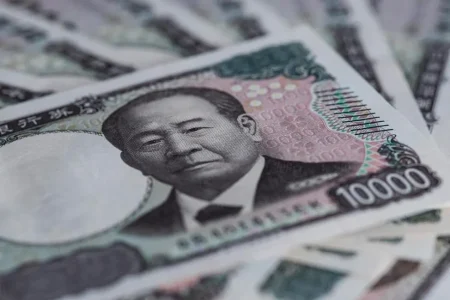The AI Revolution: Promise, Potential, and the Specter of a Bubble
In today’s market landscape, artificial intelligence has emerged as the defining technological revolution of our time. Stock prices are soaring, valuations continue to climb, and investor enthusiasm for AI has unleashed hundreds of billions of dollars into what many consider the most transformative technology of the modern era. As Forbes contributor Jon Markman aptly puts it, “AI isn’t just another theme; it’s the culmination of decades of evolution in computing.” The impact is comprehensive and far-reaching—from power generation to semiconductors to enterprise software, the entire technological stack is being reconstructed for an AI-first world. This represents not merely an incremental change but a fundamental structural transformation of our economy and society. The excitement is palpable, but beneath the surface, important questions linger: Is this extraordinary growth sustainable, or are we witnessing the inflation of another tech bubble that could eventually burst, potentially erasing trillions in market value and decimating nascent AI companies almost as quickly as they emerged?
Forbes contributors have been vigilantly monitoring the AI sector, identifying signs of both stability and vulnerability. Peter Cohan, a senior markets contributor, outlines three possible scenarios for the future of generative AI: continued expansion and growth; a soft landing where valuations moderate somewhat; or a catastrophic collapse triggered by a key player like OpenAI facing financial failure. OpenAI has indeed become both the standard-bearer and the driving force behind the current AI boom. Every major partnership the company secures—whether with AMD, Broadcom, Nvidia, Oracle, or even retail giant Walmart—either strengthens the foundation of the AI ecosystem or potentially adds more air to what skeptics fear might be a growing bubble. The sentiment among investors ranges from cautious optimism to unwavering bullishness, though underlying anxiety continues to build as market valuations reach stratospheric levels.
Unlike previous technology booms that were built on speculative concepts or dubious metrics, today’s AI revolution appears grounded in tangible demand and real-world applications. As big-tech veteran and Forbes contributor Sol Rashidi observes, companies like OpenAI are pursuing vertical integration of computing resources, data management, and model training at unprecedented scales. OpenAI’s leadership under Sam Altman has developed a strategic playbook centered around ecosystem control, upstream equity leverage, and industrial-scale deployment. This approach is setting the tone for AI’s next evolutionary phase. Jon Markman reinforces this perspective, noting that unlike the “vaporware” or arbitrary “eyeball metrics” that characterized past speculative manias, the current AI wave is anchored in concrete demand, actual products, and extraordinary computing requirements that are reshaping infrastructure investments worldwide.
These computing demands are immense, requiring investments in the hundreds of billions to build the necessary infrastructure. The partnerships forming throughout the AI ecosystem help finance innovation, which continues to be the primary growth engine for the American economy. Forbes contributor Christer Holloman emphasizes the importance of these collaborative arrangements, particularly highlighting the pivotal partnership between OpenAI and chip manufacturer Nvidia. This relationship stands as perhaps the most critical alliance in the emerging AI economy. Nvidia has ascended to become the world’s most valuable publicly traded company and serves as a key barometer for the technology sector as a whole. The symbiotic relationship between AI developers like OpenAI and hardware providers like Nvidia demonstrates how the ecosystem is evolving through strategic cooperation rather than purely competitive dynamics.
Despite the solid technological foundations, there are concerning parallels to previous tech bubbles that cannot be ignored. Forbes AI contributor Cortney Harding raises important questions about what might happen when the AI bubble begins to deflate, pointing to early warning signs that suggest market conditions may have become excessively exuberant, potentially pushing us toward territory reminiscent of the dot-com bubble of the early 2000s. During that period, the top five tech stocks—Cisco, Dell, Intel, Lucent, and Microsoft—accounted for approximately 15% of the S&P 500’s value. Paulo Carvão, a Forbes contributor and Harvard senior fellow, warns that such market concentration significantly heightens risk. What’s even more troubling about today’s market is that the so-called “Magnificent Seven” stocks, which include several of the most prominent AI leaders, now represent more than a third of the entire S&P index—a concentration far exceeding that of the dot-com era.
The central concern isn’t about AI’s long-term transformative potential, which most experts acknowledge is substantial. Rather, it’s about inflated short-term expectations potentially setting the stage for a sharp market correction. Carvão astutely observes that binary thinking that oscillates between hype and bubble fears may prevent more nuanced analysis of the AI landscape. This balanced perspective is crucial as we navigate the complex interplay of technological innovation, market dynamics, and economic fundamentals. While the promise of AI remains extraordinary—potentially reshaping industries, creating new economic opportunities, and solving previously intractable problems—the path forward will likely include periods of market rationalization and valuation adjustments. Investors, business leaders, and policymakers would be wise to maintain a measured outlook that recognizes both the revolutionary potential of artificial intelligence and the historical tendency of markets to experience cycles of exuberance followed by correction. The AI revolution is indeed transforming our world, but sustainable growth will require realistic expectations and thoughtful development rather than unchecked enthusiasm.
